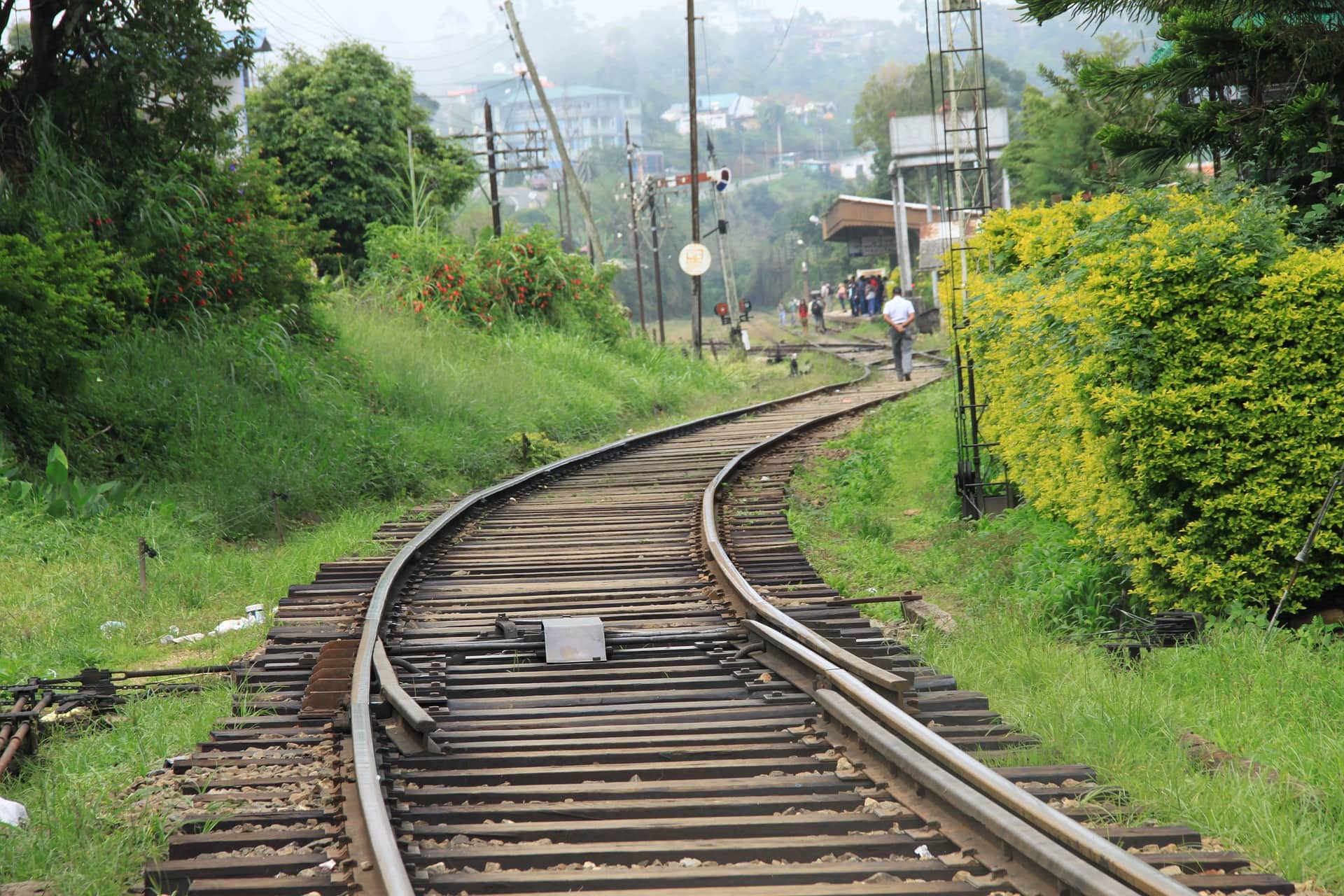China’s pan-Asia railway network, part of the Belt and Road Initiative (BRI), is picking up speed. After putting an agreement with China on hold last year, Malaysia has decided to revive the East Coast Rail Link project. Originally, Malaysian prime minister Mahathir Mohamad said that his country cannot afford to pour too much money into the project. Now facing a $5 billion penalty if they cancel the entire rail project with China, Malaysia has agreed to cut the cost of the network construction from $15.7 billion to $10.6 billion. “This reduction will surely benefit Malaysia and lighten the burden on the country’s financial position,” an official statement said.
The East Coast Rail Link is seen as a key part of the China’s Belt and Road global infrastructure plan. Beijing aims to build a more than 3,000 km pan-Asia railway network. It will connect China with seven countries in southeast Asia, including Singapore and Thailand.

Originally, the network was only planned to stretch from Singapore to the capital city of China’s southern Yunnan province, Kunming. But the network plan has been expanded into three main routes reaching all countries in mainland southeast Asia.
The Eastern Route of the project will begin in Bangkok, and run through Cambodia and Vietnam, before finishing off in Kunming. The Central Route will run from China, through Laos, Thailand, and Malaysia, before ending in Singapore. Meanwhile, the Western Route goes from China to Myanmar, and back around to Bangkok.
The ambitious project is one of China’s main investments in southeast Asia. The region itself has received one-third of China’s total investment and construction projects under the BRI.
China Belt and Road Projects: Next milestone connecting Thailand and Laos
The next milestone for the pan-Asia Railway project was recently reached with the Memorandum of Co-operation for the rail line between Nong Khai, Thailand and Vientiane, Laos. It is the first high-speed rail project in both countries.
Thailand has already started building the railway from Bangkok to Nong Khai at Laos’ border. Total costs for the over 600 km-long railway project are expected to reach $12.19 billion. A big portion of this is coming from international loans, according to the Thai government. As for Laos, in 2016 the country began work on a 417 km high-speed railway that runs from its capital, Vientiane, to Kunming. Investment in the project reaches around $6 billion, with China agreeing to fund 70% of total construction costs.
Pan-Asian Railway: Beneficial for Southeast Asian countries
China’s ambitious Belt and Road projects are designed to create transport infrastructure to import and export goods to and from the Eurasian continent. For Southeast Asia the Railway project can be a chance to boost economic ties within the region and with China.
The Laotian government has embraced the recent railway project. Prime Minister Thongloun Sisoulith said in June 2018 that he “hopes that the construction of the railway will bring benefits to the country”. For Thailand the route is seen as crucial in turning the country into a logistics hub in Southeast Asia.
However, concerns are that China might try to leverage the investments to gain not only operational control, but also financial control. China typically provides loans, not grants, for foreign infrastructure projects. In case a recipient is unable to repay the debt, China takes possession of the project. This has happened before, e.g. in Sri Lanka.
Laos is in particular danger of becoming dependent on China. According to the U.S.-based Center for Global Development, Laos is among the eight countries with the highest debt ratio to China among the 68 countries funded under the BRI. The International Monetary Fund warned that the China-Laos railway project “might threaten the country’s ability to service its debts.”










 Australia
Australia China
China India
India Indonesia
Indonesia Japan
Japan Malaysia
Malaysia Philippines
Philippines Singapore
Singapore South Korea
South Korea Taiwan
Taiwan Thailand
Thailand Vietnam
Vietnam Germany
Germany Hong Kong
Hong Kong USA
USA Switzerland
Switzerland Singapore
Singapore
 United Kingdom
United Kingdom







